Tomomi Sasaki builds bridges towards success
Tomomi Sasaki is a designer and partner at the independent design studio AQ, bringing product strategy, design research and facilitation skills to customer and employee experience challenges. She is interested in how we design the conditions for independent-minded individuals to grow and thrive together.
At Design Thinking Tallinn, Tomomi will have a keynote to start off the final panel discussion session.
At Design Thinking Tallinn, Tomomi will have a keynote to start off the final panel discussion session.
Co-creation is supporting teams in development activities and decision-making. What are the crucial bridges that need to be built between different parties to achieve and implement results?
I think, in terms of relational and functional bridges, with effective partnerships emerging from its intersections. Relational bridges are about understanding where each party is coming from, presenting and making ourselves accessible in ways that invite collaboration, and investing in personal relationships. Functional bridges require identifying the subsystems that need to be joined up for implementation and not shying away from that complexity. For designers, there’s often a learning curve to effectively interface with IT, HR, legal and internal comms functions. And let’s not forget to look outwards to the ecosystems that our projects live in.How do you separate or balance the role of the designer (offering solutions and ideas yourself) and the role of the facilitator (supporting the team while remaining neutral) in the co-creation process?
Great question. In a co-creation process, designers are not neutral, particularly in a facilitator role. It’s critical to first identify for ourselves what our role is in a particular context and figure out how to embody it.Do you have any good recommendations for dealing with difficult workshop participants? For example, in a situation where a problematic person turns out to be the person who should start leading the change? What to do when this person is constantly opposing, disrupting cooperation and demotivating the rest of the team during the co-creation process?
If we’re leading a workshop and discover that a tricky participant is the person who needs to start leading the change — well, we probably didn’t do our homework properly. So something was missing in the framing and preparation of the workshop, which indicates potentially deeper issues in the system. Find out what that is, and go from there.While solid facilitation skills (and a lot of hard-won experience) can get us out of all kinds of tricky situations, in general, no one wants to be put on the spot to deal with a “problematic person”. For complex initiatives especially, it’s valuable for the group to build collective capacity to self-regulate itself.

.png)